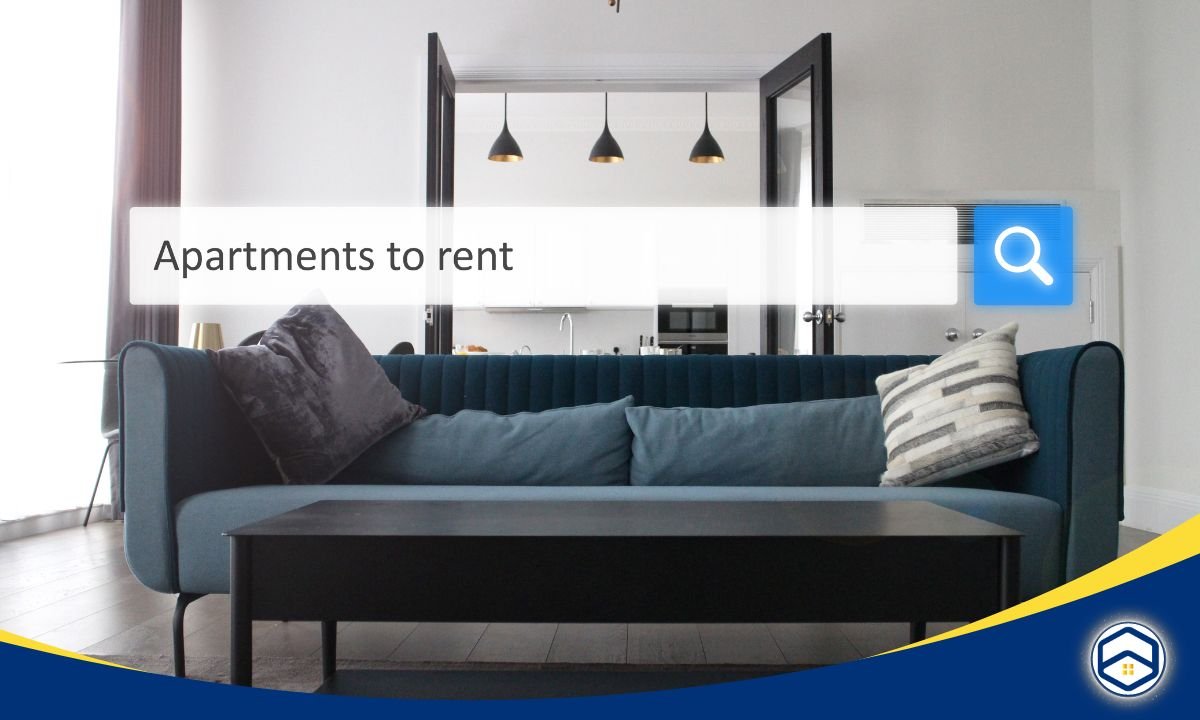In today’s world, where urban living and minimalistic lifestyles are increasingly popular, many people find themselves residing in smaller spaces. While these compact living areas can be cozy and efficient, they often present a unique set of decorating challenges. The good news is that with a little creativity and strategic planning, you can transform your small space into a stylish and functional haven. This comprehensive guide will provide you with expert tips and ideas on how to decorate a small space effectively.
Understanding the Challenges of Small Space Living

Before diving into specific decorating tips, it’s essential to understand the unique challenges that small spaces present:
Limited Square Footage
The most obvious challenge is the limited floor space, which can make it difficult to fit all your desired furniture and decor. When you decorate a small space, you may find yourself having to make tough choices about what items are truly essential and what can be omitted. Additionally, you must think creatively about how to utilize every inch of available space without making the area feel overcrowded.
Storage Solutions
Finding enough storage in a small area can be tricky, often requiring innovative and multi-functional solutions. When you decorate a small space, traditional storage methods might not be feasible, so you might need to consider alternatives like vertical storage, built-in cabinets, or furniture that doubles as storage units. The goal is to keep the area organized and clutter-free while ensuring that all necessary items are easily accessible.
Traffic Flow
Ensuring there is enough space for movement without creating clutter or obstacles is crucial. In small spaces, it’s important to arrange furniture and decor in a way that allows for smooth navigation through the room. This might involve placing larger pieces along the walls or using smaller, more flexible furniture that can be easily moved as needed. Good traffic flow can make a small space feel more open and comfortable. Effective traffic flow is essential when you decorate a small space to ensure that the area remains functional and inviting.
Natural Light

Small spaces can sometimes feel dark and cramped, making the strategic use of natural and artificial lighting essential. Maximizing natural light through the use of sheer curtains, mirrors, and light-colored paint can make a room feel larger and more inviting. Additionally, well-placed artificial lighting, such as overhead lights, floor lamps, and under-cabinet lighting, can help brighten up dark corners and enhance the overall ambiance of the space. Using lighting effectively is a key strategy when you decorate a small space to ensure it feels bright and airy.
By understanding and addressing these challenges, you can decorate a small space that is both stylish and functional, making the most of every square inch.
Maximizing Space: Tips and Tricks
We now move on to smart storage solutions, which are vital for maintaining an organized and spacious environment.

1. Furniture Selection and Placement
Choosing the right furniture is critical when you decorate a small space. Opt for pieces that are both functional and proportionate to the size of your room. Here are some key strategies:
- Multi-Functional Furniture: Invest in furniture that serves more than one purpose. Examples include sofa beds, ottomans with storage, and fold-out dining tables.
- Slim and Sleek Designs: Avoid bulky furniture. Instead, choose items with slim profiles and clean lines to create an illusion of more space.
- Vertical Thinking: Utilize vertical space by incorporating tall shelving units and wall-mounted storage. This helps free up valuable floor space.
- Floating Furniture: Wall-mounted desks and floating shelves keep the floor area open and make the room appear larger.
2. Smart Storage Solutions
Effective storage is vital when you decorate a small space. Here are some innovative storage ideas:
- Under-Furniture Storage: Use the space under beds, sofas, and chairs for storing items in boxes or drawers.
- Built-In Storage: Custom-built cabinets and shelves can be tailored to fit the dimensions of your space perfectly.
- Hooks and Pegboards: Install hooks and pegboards on walls for hanging everything from kitchen utensils to accessories.
- Hidden Storage: Consider hidden storage options like storage ottomans, beds with drawers, and coffee tables with compartments.
3. Optical Illusions with Colors and Light
Colors and lighting play a significant role when you decorate a small space to make it feel larger:
- Light Colors: Light, neutral colors like whites, creams, and pastels reflect more light and make a space feel open and airy.
- Accent Walls: A well-chosen accent wall can add depth and character without overwhelming the room.
- Mirrors: Strategically placed mirrors reflect light and give the illusion of a larger space.
- Layered Lighting: Combine ambient, task, and accent lighting to create a well-lit and inviting environment. Use floor lamps, table lamps, and wall sconces to add dimension.
4. Creative Layouts and Zones
Creating distinct zones within a small space can help organize and define different areas when you decorate a small space:
- Open Layouts: An open layout can make a small space feel larger. Avoid dividing the room with large furniture pieces.
- Rugs and Carpets: Use rugs to delineate different areas, such as a living area, dining space, or workspace.
- Room Dividers: Lightweight, movable room dividers like folding screens or curtains can create privacy without permanently segmenting the space.
- Furniture Arrangement: Arrange furniture to facilitate easy movement and conversation. Avoid placing all furniture against the walls, as this can make the room feel boxed in.
Personal Touches and Styling

Creating a homey atmosphere in a small space involves personalizing it with unique decor and accessories. Here are some strategies to help you make your space both inviting and reflective of your personality:
Artwork and Wall Decor
When you decorate a small space, choose artwork and wall decor that reflects your style and adds character to the room. Here are some tips:
- Select Appropriately Sized Pieces: Avoid overly large pieces that can overwhelm the space. Instead, opt for smaller artworks that complement the scale of your room.
- Create a Gallery Wall: A well-curated gallery wall can add visual interest without taking up floor space. Mix and match frames and art styles for a personalized touch.
- Use Wall Decals and Murals: Removable wall decals or a mural can add a focal point without committing to permanent changes.
Plants
Indoor plants are an excellent way to add life and freshness when you decorate a small space. Here’s how to incorporate them:
- Opt for Small to Medium-Sized Plants: Choose plants that fit well within your space. Small succulents, herbs, or medium-sized potted plants can add greenery without overwhelming the room.
- Consider Hanging Planters: Hanging planters and wall-mounted pots save valuable floor space and add a vertical element to your decor.
- Use Multi-Functional Plant Stands: A plant stand that doubles as a small shelf can provide extra storage while showcasing your greenery.
Textiles
Textiles add texture, warmth, and comfort to any space. Here are some ways to use them effectively when you decorate a small space:
- Throw Pillows and Blankets: Add cozy throw pillows and blankets to your sofa or bed. Stick to a cohesive color palette to maintain a harmonious look.
- Curtains and Rugs: Choose light, airy curtains that allow natural light to filter through. A well-chosen rug can define different areas within an open layout and add softness underfoot.
- Layered Textures: Mix different textures like knitted throws, woven baskets, and soft cushions to create a rich, inviting atmosphere.
Embrace Minimalism
Minimalism is a key strategy for maintaining a clutter-free and visually appealing environment when you decorate a small space. Here’s how to embrace it:
- Keep Decor Simple: Avoid overcrowding your space with too many decorative items. Choose a few statement pieces that you love and that serve a purpose.
- Adopt the “One In, One Out” Rule: For every new item you bring into your space, consider removing an old one. This helps maintain balance and prevents clutter.
- Focus on Functionality: Every item in your space should have a purpose or bring joy. Opt for multi-functional furniture and decor that contribute to the overall functionality and aesthetic of the room.
Room-Specific Tips
Moving beyond general strategies, let’s plunge into room-specific tips to elevate space and functionality throughout your home.

Living Room
- Compact Seating: Choose a small sofa or a loveseat instead of a full-sized couch. Add chairs or stools for extra seating.
- Nesting Tables: Nesting tables can be separated when needed and stacked when not in use to save space.
- Media Solutions: Mount your TV on the wall and use a floating media console to keep the floor clear.
Bedroom
- Murphy Beds: Murphy beds fold up against the wall, freeing up floor space during the day.
- Headboard Storage: Use a headboard with built-in shelves for extra storage.
- Minimalist Wardrobe: A compact wardrobe with organized storage solutions can keep your clothing and accessories tidy.
Kitchen
- Vertical Storage: Install shelves and hanging racks for pots, pans, and utensils.
- Rolling Carts: A rolling cart can provide additional counter space and storage, and can be moved as needed.
- Compact Appliances: Choose smaller, space-saving appliances designed for compact living.
Bathroom
- Over-the-Toilet Storage: Utilize the space above the toilet for shelves or cabinets.
- Shower Caddies: Keep shower essentials organized with caddies or corner shelves.
- Medicine Cabinets: A mirrored medicine cabinet can provide storage and serve as a mirror.
Conclusion
Decorating a small space requires a blend of creativity, practicality, and style. By carefully selecting furniture, maximizing storage, utilizing colors and lighting, and adding personal touches, you can transform your compact living area into a beautiful and functional space. Remember, the key to decorate a small space is to make every element count and to find balance in design and functionality.
Whether you’re living in a small apartment, a tiny house, or just a compact room, these tips and strategies will help you decorate a small space effectively and create a home that is both stylish and comfortable. Happy decorating!








